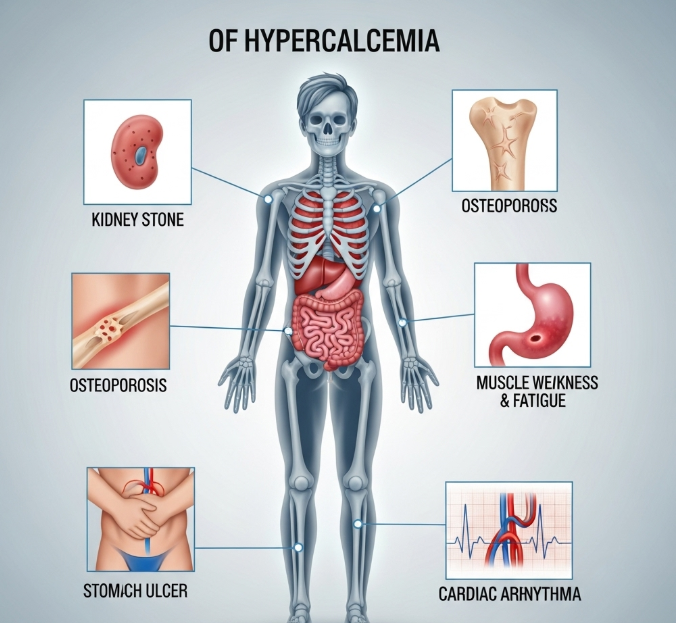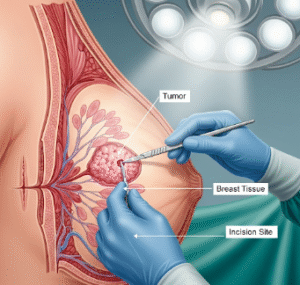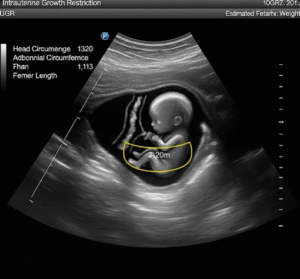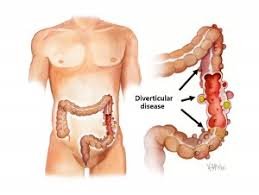Overview
Symptomatic hypercalcemia is a condition where high levels of calcium in the blood cause noticeable symptoms and require prompt medical attention. Calcium is essential for bone health, nerve transmission, muscle contraction, and other body functions, but too much calcium can disrupt these processes. Severe cases can be life-threatening if not treated quickly.
What is Symptomatic Hypercalcemia?
Hypercalcemia occurs when the calcium level in the blood is above the normal range, typically over 10.5 mg/dL. “Symptomatic” means the elevated calcium is causing clinical signs such as fatigue, confusion, nausea, or cardiac issues. Causes include overactive parathyroid glands, certain cancers, medications, vitamin D toxicity, and chronic diseases.
Symptoms
- Nausea and vomiting
- Constipation
- Frequent urination and excessive thirst
- Muscle weakness
- Fatigue
- Confusion or altered mental status
- Bone pain
- Irregular heart rhythms (arrhythmias)
- In severe cases, coma
Causes
- Primary hyperparathyroidism
- Cancer (especially lung, breast, and multiple myeloma)
- Vitamin D overdose
- Certain medications (thiazide diuretics, lithium)
- Chronic kidney disease
- Prolonged immobilization
- Sarcoidosis or other granulomatous diseases
Risk Factors
- Age over 50
- Family history of endocrine disorders
- Long-term use of calcium or vitamin D supplements
- Cancer history
- Chronic kidney disease
- Prolonged bed rest or immobility
Complications
- Kidney stones
- Kidney failure
- Osteoporosis
- Heart rhythm disturbances
- Neurological impairment (confusion, seizures)
- Death in severe untreated cases
Prevention
- Regular monitoring of calcium levels if at risk
- Avoid excessive vitamin D and calcium supplementation without medical advice
- Timely treatment of underlying conditions such as hyperparathyroidism
- Staying hydrated
- Regular cancer screening for high-risk individuals
Treatment Options in Korea
In Korea, symptomatic hypercalcemia is treated in specialized endocrinology or oncology departments. Common approaches include:
- Intravenous fluids to restore hydration and dilute calcium concentration
- Loop diuretics (e.g., furosemide) to increase calcium excretion
- Bisphosphonates to reduce bone calcium release, especially in cancer-related cases
- Calcitonin for rapid but short-term calcium lowering
- Glucocorticoids for vitamin D–related hypercalcemia
- Dialysis in cases of kidney failure or very high calcium
- Surgery for parathyroid adenomas or tumors causing excess calcium production













